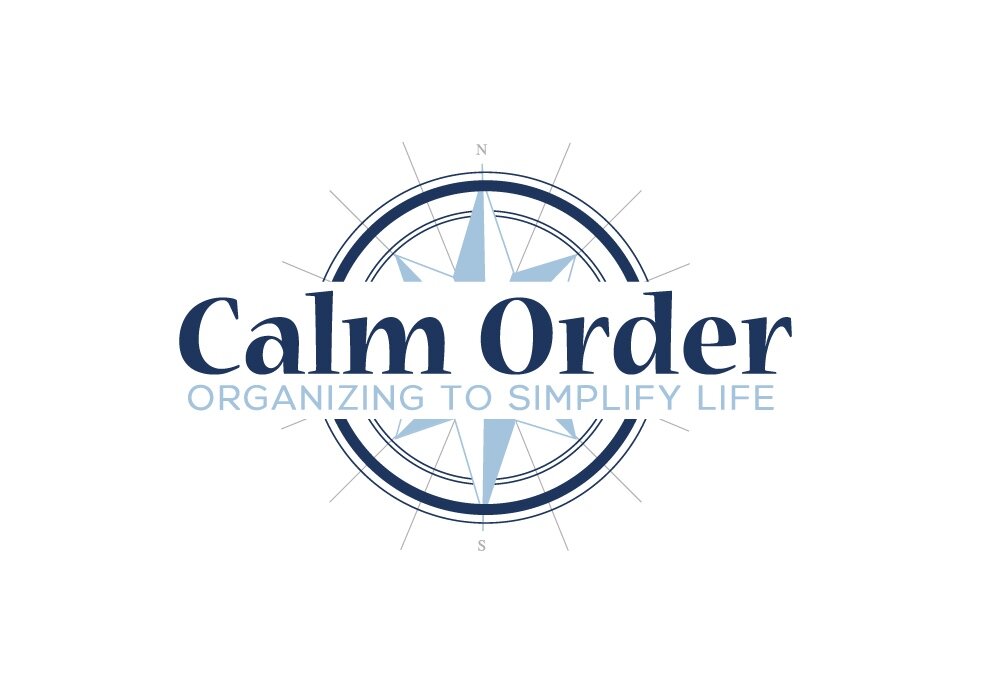The warm weather may be here for now, but it won’t be long before the temperature drops and the snow falls. To make sure you aren’t caught unexpectedly without the right clothing, jackets, and shoes, start transitioning your wardrobe and organizing your closets for the fall season! Below, we’ve got some suggestions on how you can get the process started:
Don’t switch everything at once
Once September hits, you may be tempted to put away all your summer clothes, but the truth is Calgary can still get warm weather right up until the end of the month, but we can also get cold weather as well! No one can predict what kind of clothes you’ll need, but it may be a good idea to keep a few pieces from your spring and summer wardrobe, like t-shirts and darker-coloured blouses or tank-tops, just in case it stays warm outside. It also wouldn’t hurt to keep a pair of flats or lighter shoes for this reason. As we get further into the season and the warm weather is gone for good, these items can be put into storage with the rest of your clothing and accessories.
Declutter!
Whenever you’re taking a large amount items out of your closet and putting them into storage, it’s time to go through them! Take this opportunity to go through your spring and summer items, and determine what should stay, and what should go. Did you wear all your items this summer? Chances are there are a few older pieces that are out of style or don’t fit anymore that you haven’t touched all summer, and there is no reason to keep these items for another year. If they’re still in good condition, donate them to a charity or bring them to a consignment shop.
Make sure everything is clean
Before you put everything into storage for the next summer season, make sure all your items are clean. Take this time to run everything through the wash one more time, or send them off to the dry-cleaners if they are more delicate items to make sure they are ready to be put away. You can also take this time to make sure everything is either hung nicely on a clothes hanger, or folded nicely into a drawer or storage bin. Depending on what kind of clothing you have, you may want to use different methods to avoid wrinkling the fabrics too much.
Organize your storage
Once your clothes have been cleaned and are ready to put away, sort each item by type. Put like objects with likes, whether they are t-shirts, shorts, blouses, sandals, heels, or purses. Avoid using wooden or cardboard boxes as they can affect the clothing and it is harder to determine what items are stored in what boxes. Instead, try using clear plastic bins to store your items. Alternatively, you can use a section of your closet or a closet/wardrobe in a spare bedroom – just make sure you remember where you put everything by using labels or signs.
Sort fall items by type and colour
When you take your fall and winter items out of storage, you can also do a declutter of items that don’t fit, look out-of-date, or probably won’t be worn. Once this is done, organize each item into type, like sweaters, pants, jeans, and boots, and then sort these items by colour. This way, it will be easier for you to create outfits and find specific items of clothing when you need to. Leave hanging space for blouses, dress pants, skirts, dresses, and jackets/blazers, and fold the rest of your items.
Place items practically
Clothing and accessories that you are more often to wear, like jackets and boots, place in a more accessible location, like your hallway closet by your front door. This way, it will be easy to find and put on before you leave for the day. Clothing that you wear regularly should also be stored at eye level and within easy reach, whether it’s in your closet or your wardrobe. Other items, like heavier-weather clothing or special occasion items can be kept on higher shelves or towards the far right/left sides of your closet, because you won’t need to access them as often.
Don’t waste time trying to find the right clothes for the season. Take the time before the weather starts turning to get your wardrobe organized!













